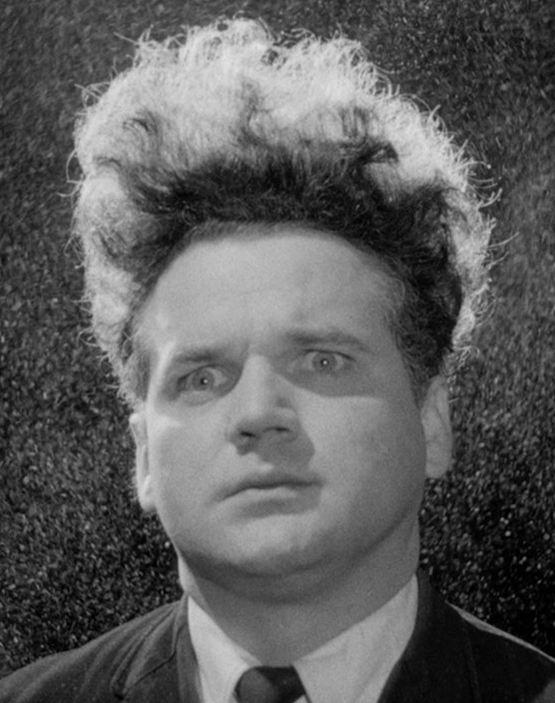I keep hearing differing methods!! I’d like to know how I’m suppose to sit?
To be clear: I am taking my own blood pressure & was urged to do so & keep track on the advice of my doctor.
Which is a myth?:
- Can’t have eaten/drank anything for the last half hour
- feet flat on the floor
- lying down but sitting up
- back against the chair
- don’t cross your legs/ankles
- only use your left arm
- hand facing upward
- hand facing downward
- keep your arm down
- keep your arm raised to the level of your chest/heart
What’s the correct way???
Anything else I should know? I keep getting inconsistent results, and it’s stressing me out.
Thank you.
I’m a GP, here’s my opinion
Can’t have eaten/drank anything for the last half hour
- in principle could alter your BP but I wouldn’t worry too much unless it’s quite a large meal
Feet flat on the floor
- yes, this is important
Lying down but sitting up
- for some purposes docs want lying/sitting/standing but for home measurements do them sitting
Back against the chair
- yes
Don’t cross your legs/ankles
- yes, feet flat on the floor
Only use your left arm
- myth, if there is a significant difference between your left and right arms there is something funky going on with your subclavian arteries
Hand facing upward/downward
- not super important
Keep your arm down/raised
- keep your arm relaxed, ideally resting on a table or desk at close to 90deg or hanging straight down
Most important is be relaxed, sit still, don’t move your arm, if you get a high reading calm yourself and take it once more then leave it.
When I’m taking a BP in clinic the most important thing I do most of the time is distract the patient from the machine with some patter as for most people the biggest confounding factor is stressing about what the reading will be, I don’t correct posture etc unless they are substantially moving their arm around.
Extra info you didn’t ask for but might help: the doctor gave me a sheet to record my BP for a week. Two readings in the morning, a few minutes apart, two readings in the afternoon, a few minutes apart. Once I’d done that he added and divided the results to get the average. Too high, so now I’m on meds.
I was a bit blasé about it at first - pfft, I feel fine! But he explained that high BP can cause a stroke. You can recover just fine from a heart attack, but a stroke can be devastating, if you even survive it. You will feel absolutely fine until suddenly you’re on the floor, unable to move one side of your body or speak coherently. Scared me into taking it seriously!
Unless you are taking the readings for a specific purpose under medical instruction, then so long as you’re consistent it probably doesn’t matter too much. You’ll get sufficient information to show any trends. - take readings throughout the day, that way you’ll get used to the process and your stress levels will fall giving more consistent numbers. Not a medic but have experience of BP measurement.
Sit for a few minutes first. Getting up/down will alter it for a few mins
Also, don’t buy a cheap monitor. I’ve used a cheap CVS one that gave different readings 10 times in a row.
Due to medical issues, my mother has had several doctor visits the last couple years and part of that was monitoring blood pressure. The only items you listed that was mentioned to her was to have feet flat on the floor and legs not crossed. For everything else, as someone else said, I think it’s more important that you’re consistent, e.g. either keep your arm down or raised every time. Obligatory iana dr., this is not medical advice.
If you have a blood pressure measuring device, follow the directions.
To ensure it is accurate, take it to a medical professional and ask them if they will help to verify the accurracy or what they advise. One person I know did this and the nurse they saw took the pressure a few times with their cuff, had the person run the machine a few times, and told them how to position themselves for consistency. The nurse was able to confirm the device was a couple digits off but otherwise consistent and gave them person the ranges they should worry about when using the machine.
The nurse also noted that a precise value is not super important, just whether it is outside a safe range or has large changes in a short period of time because blood pressure changes constantly. Taking it the same way each time is the most important thing to help notice changes over time.
From the WHO:
- Use validated automated monitors or, if not available, calibrated aneroid devices.
- Measure blood pressure in a quiet place.
- Follow the protocol below:
- Don’t have a conversation. Talking or active listening adds up to 10 mmHg
- Support arm at heart level. Unsupported arm adds up to 10 mmHg
- Put the cuff on bare arm. Thick clothing adds up to 5-50 mmHg
- Use correct cuff size. Cuff too small adds up to 2-10 mmHg
- Support feet. Unsupported feet adds up to 6 mmHg
- Keep legs uncrossed. Crossed legs adds up to 2-8 mmHg
- Have empty bladder. Full bladder adds up to 10 mmHg
- Support back. Unsupported back adds to mmHg
At the dr’s office the idea is generally sit down and relax for a few moments, if you have gotten exerted by walking up stairs or whatever. Otherwise there’s not much special. The main difference is they usually have a nurse take your blood pressure with a manual squeeze bulb device, using a stethoscope to listen to your pulse underneath the cuff. This is more accurate than using an automatic pushbutton monitor like most people use at home. The pushbutton monitors work somewhat differently and inherently lose accuracy from that.
I don’t know if it’s possible to take your own blood pressure with the manual gizmo. You might need another person to do it (unless you’re one of those rare and exceptional people with three arms), and they have to know how. It’s not rocket science but it’s more complicated than pressing a button. There are online instructions and youtube vids showing how to do it, I’m sure.
It might be possible to build a fancier machine that does the manual-style measurement automatically, but it would be more expensive than the typical kind.
At the doctor’s office they take it immediately while you have no back support and your legs are dangling. They also hold your arm well below heart level. Plus most people are anxious at the doctor’s. This is why they tell people to monitor it at home lol. I feel like having the clinician take it before you see the doctor is useless.
I have taken my own BP manually, it ain’t easy
Who is taking your blood pressure? Just relax your arm and they should be able to get a reading just fine.
I am instructed to take my own blood pressure at home.
I would direct these questions to your doctor then, assuming that’s who’s instructing you to take your blood pressure.







